The rapid technological developments of the past decade and the changes in echocardiographic practice brought about by these developments have resulted in the need for updated recommendations to the previously published guidelines for... more
Algorithms that provide rapid agreement and teamwork between all participants allow effective task performance by self-organizing networked systems.
Background Goal-directed therapy has been used for severe sepsis and septic shock in the intensive care unit. This approach involves adjustments of cardiac preload, afterload, and contractility to balance oxygen delivery with oxygen... more
In the paper it is shown that the Balanced Business Scorecard (BSC) allows a balance between financial and non financial objectives and performs a quantification of the dimensions of strategy in four areas -financial, customers, processes... more
An MRI time course of 512 echo-planar images (EPI) in resting human brain obtained every 250 ms reveals fluctuations in signal intensity in each pixel that have a physiologic origin. Regions of the sensorimotor cortex that were activated... more
Future cell-based therapies such as tissue engineering will benefit from a source of autologous pluripotent stem cells. For mesodermal tissue engineering, one such source of cells is the bone marrow stroma. The bone marrow compartment... more
We report the application of a simple yet powerful modular pulse compression system based on photonic crystal fibers that improves on incumbent two-photon laser scanning fluorescence microscopy techniques. This system provides more than a... more
Acute kidney injury (AKI) is a clinical condition characterized by acute decline in renal function, with manifestations ranging from minimal elevation of serum creatinine concentration to anuric renal failure. Keeping in view that... more
Superparamagnetic iron oxide nanoparticles (SPION) with appropriate surface chemistry have been widely used experimentally for numerous in vivo applications such as magnetic resonance imaging contrast enhancement, tissue repair,... more
Allison, J.; Amako, K.; Apostolakis, J.; Araujo, H.; Arce Dubois, P.; Asai, M.; Barrand, G.; Capra, R.; Chauvie, S.; Chytracek, R.; Cirrone, G. A. P.; Cooperman, Gene D.; Cosmo, G.; Cuttone, G.; Daquino, G. G.; Donszelmann, M.; Dressel,... more
In this study, a novel partially parallel acquisition (PPA) method is presented which can be used to accelerate image acquisition using an RF coil array for spatial encoding. This technique, GeneRalized Autocalibrating Partially Parallel... more
In this survey we review the image processing literature on the various approaches and models investigators have used for texture. These include statistical approaches of autocorrelation function, optical transforms digital transforms,... more
The dielectric properties of tissues have been extracted from the literature of the past five decades and presented in a graphical format. The purpose is to assess the current state of knowledge, expose the gaps there are and provide a... more
Backpropagation is now the most widely used tool in the field of artificial neural networks. At the core of backpropagation is a method for calculating derivatives exactly and efficiently in any large system made up of elementary... more
Networked Control Systems (NCSs) are spatially distributed systems for which the communication between sensors, actuators, and controllers is supported by a shared communication network. In this paper we review several recent results on... more
This paper is a review of the theory-of laser beams and resonators. It is meant to be tutorial in nature and useful in scope. No attempt is made to be exhaustive in the treatment. Rather, emphasis is placed on formulations and derivations... more
The experimental study of joint kinematics in three dimensions requires the description and measurement of six motion components. An important aspect of any method of description is the ease with which it is communicated to those who use... more
Multilayer neural networks trained with the back-propagation algorithm constitute the best example of a successful gradientbased learning technique. Given an appropriate network architecture, gradient-based learning algorithms can be used... more
The state of the art in data compression is arithmetic coding, not the betterknown Huffman method. Arithmetic coding gives greater compression, is faster for adaptive models, and clearly separates the model from the channel encoding.
The goal of this paper is to present a critical survey of existing literature on human and machine recognition of faces. Machine recognition of faces has several applications, ranging from static matching of controlled photographs as in... more
Quantitative analysis has tremendous but mostly unrealized potential in healthcare to support objective and accurate interpretation of the clinical imaging. In 2008, the National Cancer Institute began building the Quantitative Imaging... more
Fiber tract trajectories in coherently organized brain white matter pathways were computed from in vivo diffusion tensor magnetic resonance imaging (DT-MRI) data. First, a continuous diffusion tensor field is constructed from this... more
Baroreflex sensitivity and heart-rate variability in insulin-dependent diabetics with polyneuropathy
MENZ, V., ET AL.: Baroreflex Sensitivity and Heart Rate Variability in Coronary Disease Compared to Dilated Cardiomyopathy. This study was designed to compare baroreceptor sensitivity and heart rate variability as measures of cardiac... more
Synthetic aperture radar (SAR) is a coherent active microwave imaging method. In remote sensing it is used for mapping the scattering properties of the Earth's surface in the respective wavelength domain. Many physical and geometric... more
Dynamic simulations of movement allow one to study neuromuscular coordination, analyze athletic performance, and estimate internal loading of the musculoskeletal system. Simulations can also be used to identify the sources of pathological... more
A fully probabilistic framework is presented for estimating local probability density functions on parameters of interest in a model of diffusion. This technique is applied to the estimation of parameters in the diffusion tensor model,... more
To examine the effi cacy of tacrolimus ophthalmic suspension 0.1% in treating severe allergic conjunctivitis. Methods: This was a multicenter, randomized, double-masked, placebo-controlled clinical trial. Fifty-six patients with severe... more
During the resorbable-polymer-boom of the 1970s and 1980s, polycaprolactone (PCL) was used extensively in the biomaterials field and a number of drug-delivery devices. Its popularity was soon superseded by faster resorbable polymers which... more
This paper concerns the spatial and intensity transformations that are required to adjust for the confounding effects of subject movement during fMRI activation studies. We present an approach that models, and removes, movement-related... more
YMPHOCYTIC hypophysitis is a rare, idiopathic intrasellar lesion that presents with a mass effect and pituitary dysfunction; fewer than 400 cases have been reported to date. 5 Lymphocytic hypophysitis has a marked female predominance and... more
Scheme 3. Chemical structures of LL-, meso-and DD-lactides (m.p. is melting point).
The commissioning of a three-dimensional treatment planning system requires comparisons of measured and calculated dose distributions. Techniques have been developed to facilitate quantitative comparisons, including superimposed isodoses,... more
This corrigendum corrects a mistake in , showing anisotropy versus wavelength, in which the breast data from were misplotted and mislabelled. The corrected figure is given here as figure 8(a). (b) shows a close-up of the data from Peters... more
The image intensity in magnetic resonance magnitude images in the presence of noise is shown to be governed by a Rician distribution. Low signal intensities (SNR < 2) are therefore biased due to the noise. It is shown how the underlying... more
Poly(lactic-co-glycolic acid) (PLGA) is one of the most successfully developed biodegradable polymers. Among the different polymers developed to formulate polymeric nanoparticles, PLGA has attracted considerable attention due to its... more
coming a significant contributor to power dissipation of CMOS circuits as threshold voltage, channel length, and gate oxide thickness are reduced. Consequently, the identification and modeling of different leakage components is very... more
Soft lithography, a set of techniques for microfabrication, is based on printing and molding using elastomeric stamps with the patterns of interest in basrelief. As a technique for fabricating microstructures for biological applications,... more
Many laboratories have begun to develop brain-computer interface (BCI) systems that provide communication and control capabilities to people with severe motor disabilities. Further progress and realization of practical applications... more
Fundamental and advanced developments in neuro-fuzzy synergisms for modeling and control are reviewed. The essential part of neuro-fuzzy synergisms comes from a common framework called adaptive networks, which unifies both neural networks... more
The architecture of an engineered tissue substitute plays an important role in modulating tissue growth. A novel poly(D,L-lactide-co-glycolide) (PLGA) structure with a unique architecture produced by an electrospinning process has been... more



















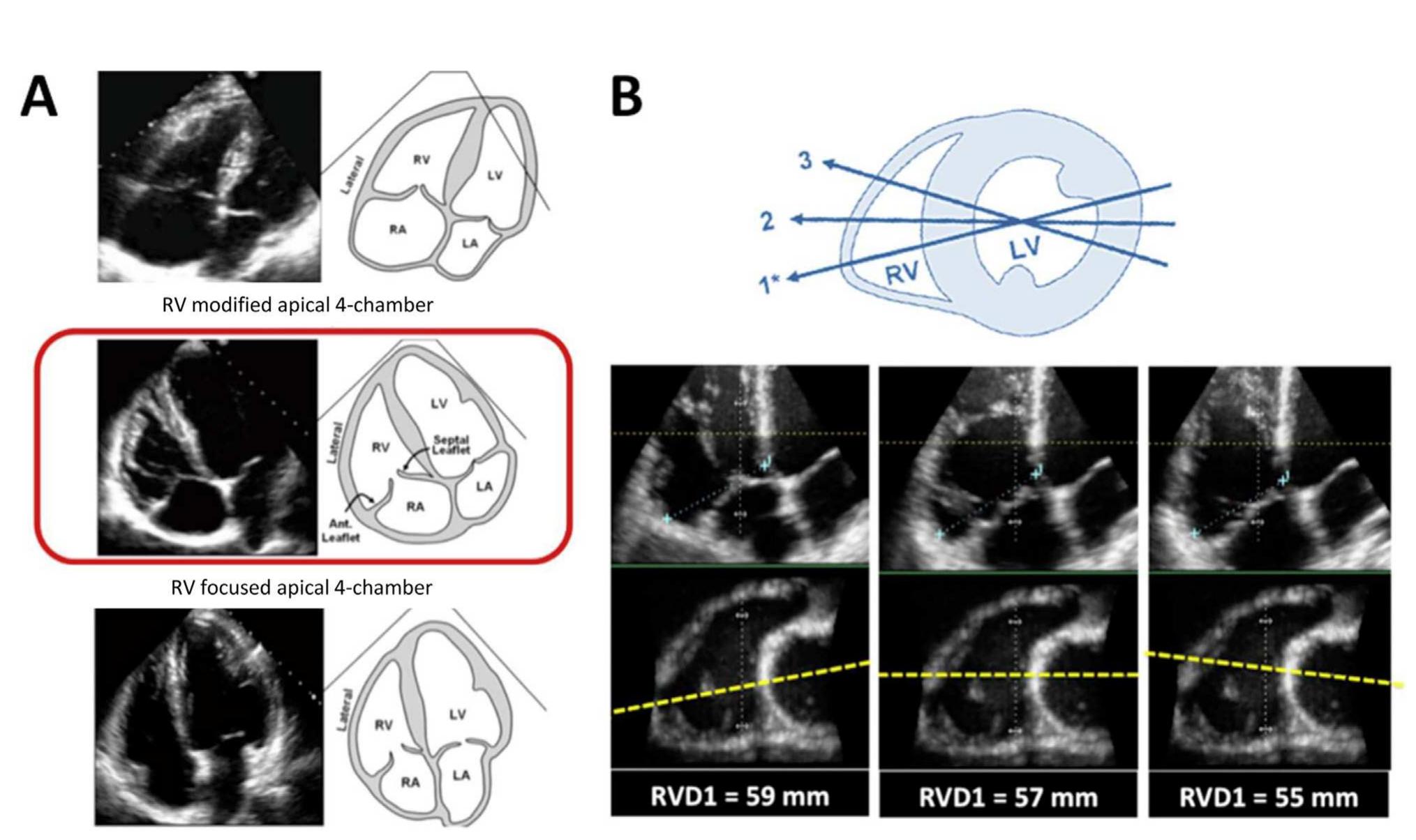


![Figure 10 (A) Sites for measurements of the aortic root and ascending aorta. This diagram illustrates the four sites at which measurements are recommended (light blue arrows): (1) the aortic valve annulus (hinge point of aortic leaflets), (2) the sinuses of Valsalva (maximal diameter, usually the midpoint), (3) the sinotub- ular junction, and (4) the proximal ascending aorta (the distance between the measurement site and the annular plane [purple ar- rowheads] should always be reported). The aortic annulus should be measured at peak systole, in contrast to the other dimensions, which are measured at end-diastole. The dashed lines, depicting the longitudinal axis of the left ventricle (LV) and that of the aortic root and proximal ascending aorta, are different. Note that the angle between these two axes varies from individual to individual and with age and pathology. (B) Normal anatomy of the aortic annulus. The aortic annulus accounts for the tightest part of the aortic root and is defined as a virtual ring (shaded) with three anatomic anchor points at the nadir of each of the attachments of the three aortic leaflets. Reproduced with permission from Kasel et al.'°* Ao, Aorta; LA, left atrium.](https://figures.academia-assets.com/45906746/figure_014.jpg)






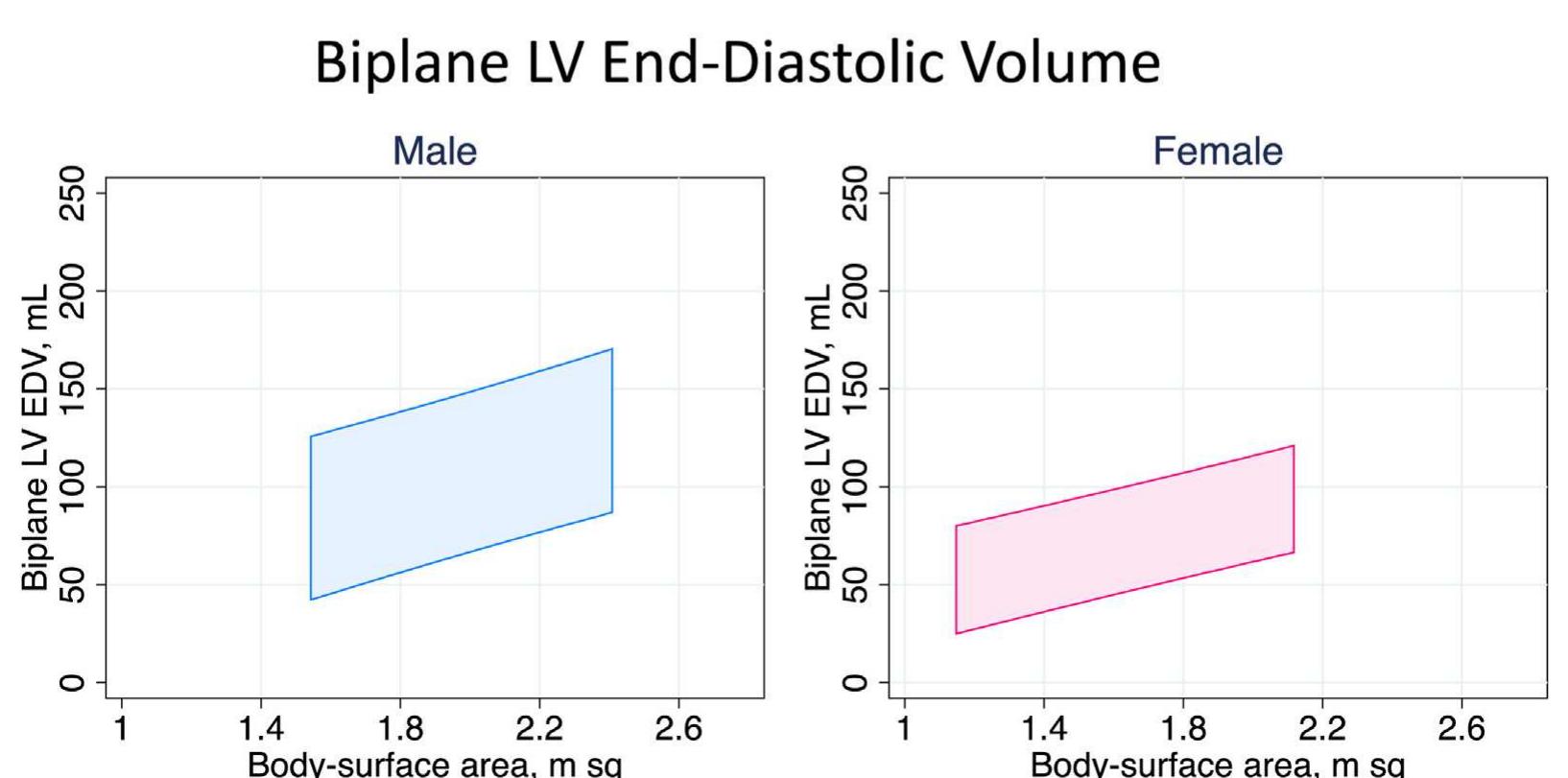













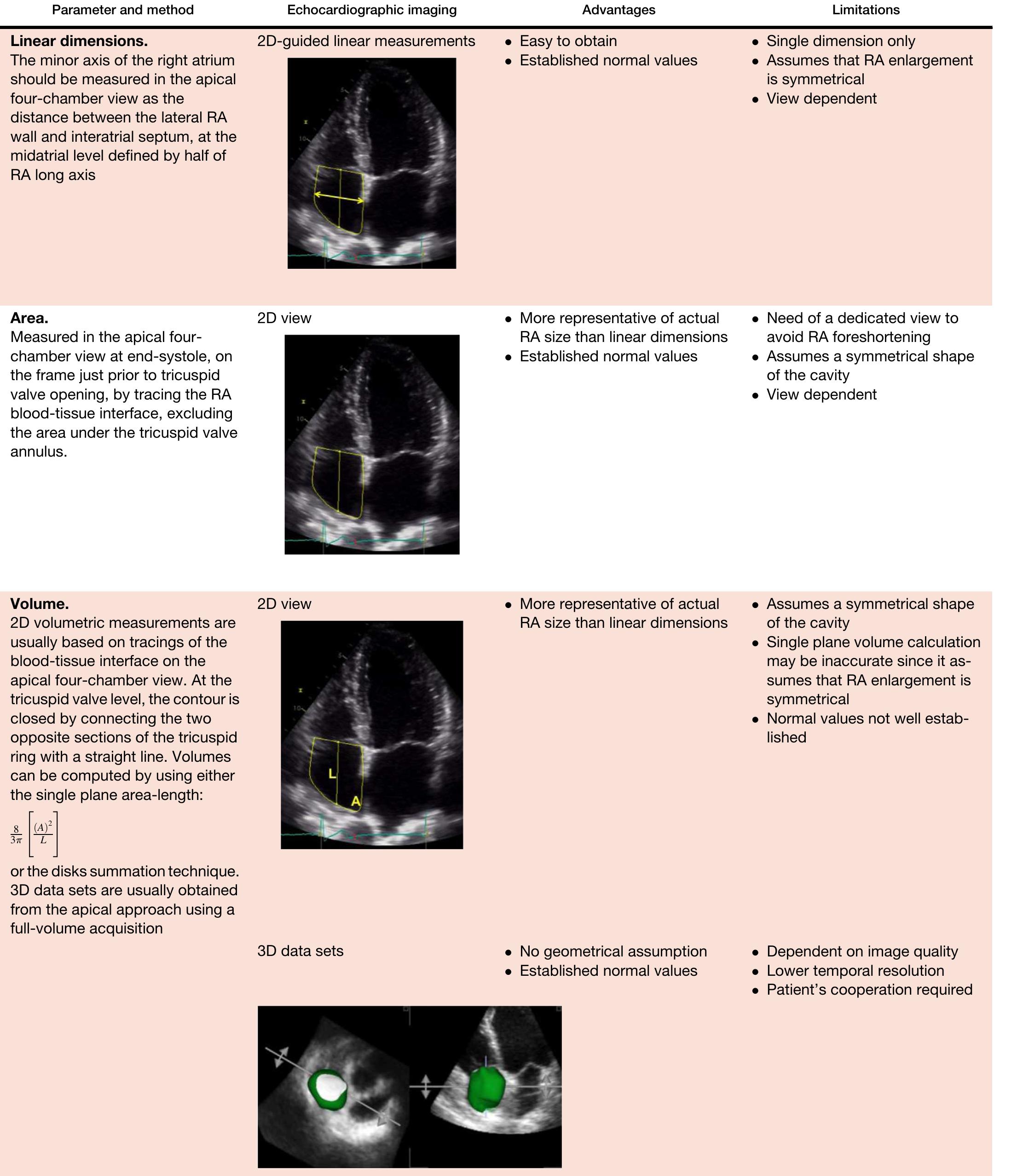




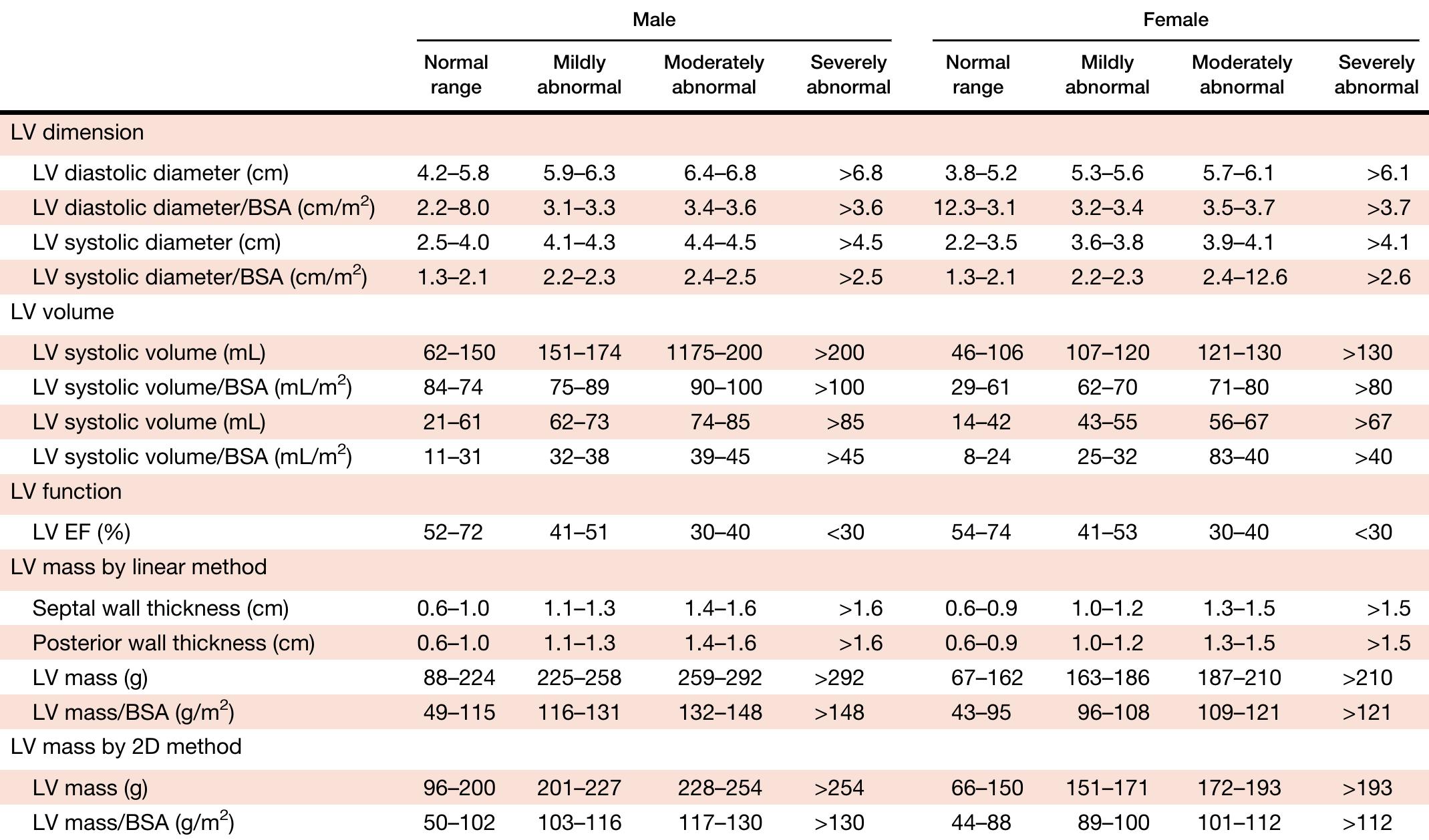









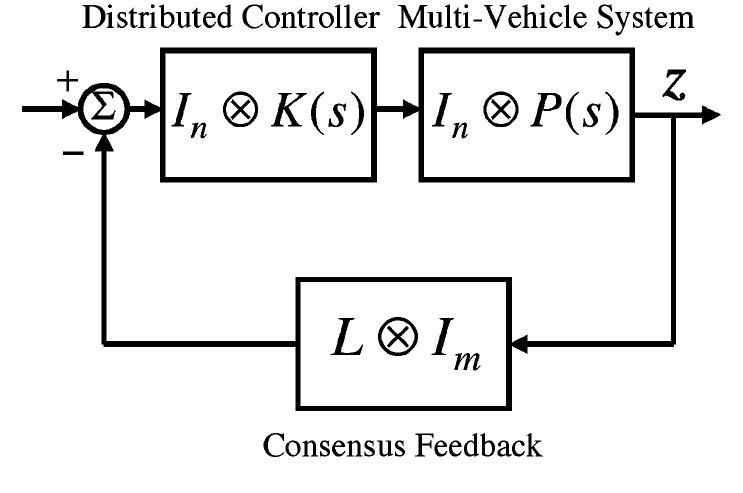
![Fig. 4. (a) A small-world with 300 links, (b) a regular lattice with interconnections to k = 3 nearest neighbors and 300 links, (c) a regular lattice with interconnections to k = 10 nearest neighbors and 1000 links; (d), (e), (f) the state evolution corresponding to networks in (a), (b), and (c), respectively. [Note: only the links of a single node are depicted in parts (b) and (c).] is scaled by the eigenvalues of the (normalized) Laplacian of the network. Note that \; may be complex, leading to a complex-valued LTI system in the above formulation. This formalism lends itself to applications of tools from robust control theory [101]. Theorem 8 reveals that the stability of a formation of n identical vehicles can be verified by stability analysis of a single vehicle with the same dynamics and an output that](https://figures.academia-assets.com/26274435/figure_005.jpg)












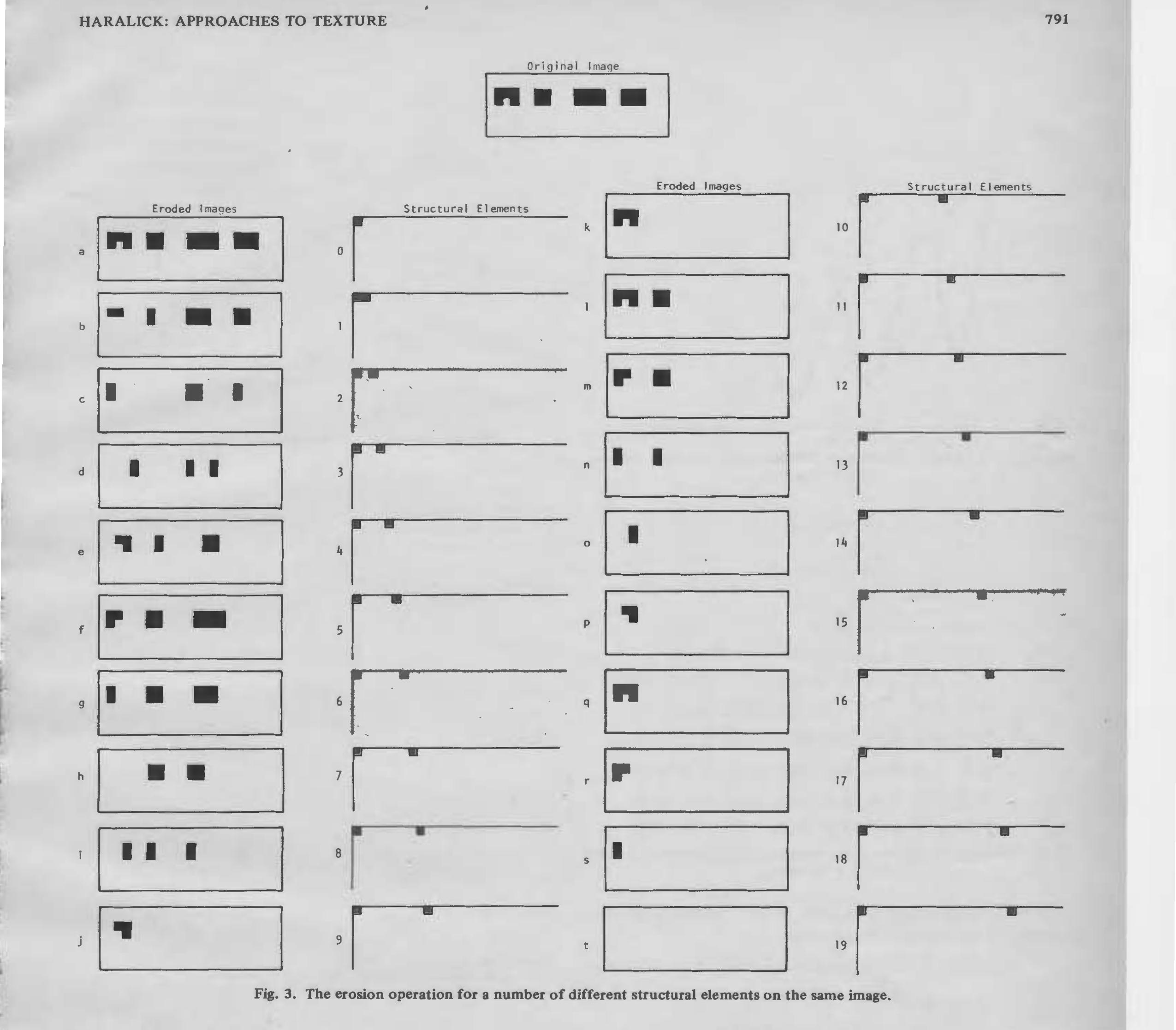







































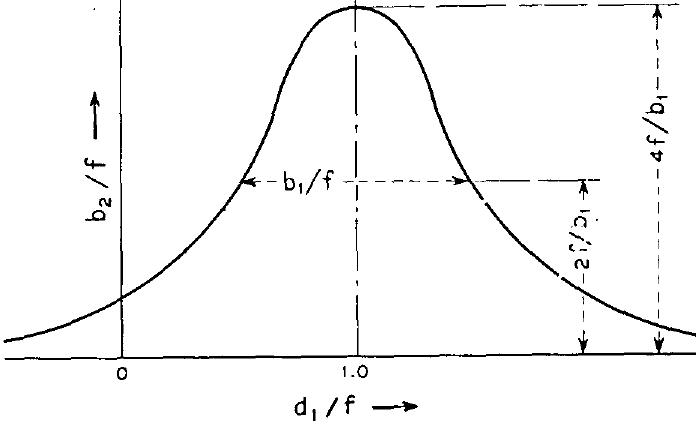


![Fig. 16. Geometry of a spherical-mirror resonator with finite mirror apertures and the equivalent sequence of lenses set in opaque absorbing screens. In deriving the integral equations, it is assumed that a traveling TEM wave is reflected back and forth between the mirrors. The resonator is thus analogous to a trans- mission medium consisting of apertures or lenses set in opaque absorbing screens (see Fig. 16). The fields at the two mirrors are related by the equations [24]](https://figures.academia-assets.com/50650897/figure_015.jpg)




![Fig. 23. Diffraction loss per transit (in decibels) for the TEMa mode of a stable resonator with circular mirrors. The diffraction losses for the two lowest order (TEMoo and TEMo:) modes of a stable resonator with a pair of identical, circular mirrors (a1=42, gi=g2=g) are given in Figs. 22 and 23 as functions of the Fresnel number NV and for various values of g. The curves are obtained by solving (77) numerically using the method of successive approximations [31]. Corresponding curves for the phase shifts are shown in Figs. 24 and 25. The horizontal por- tions of the phase shift curves can be calculated from the formula](https://figures.academia-assets.com/50650897/figure_022.jpg)


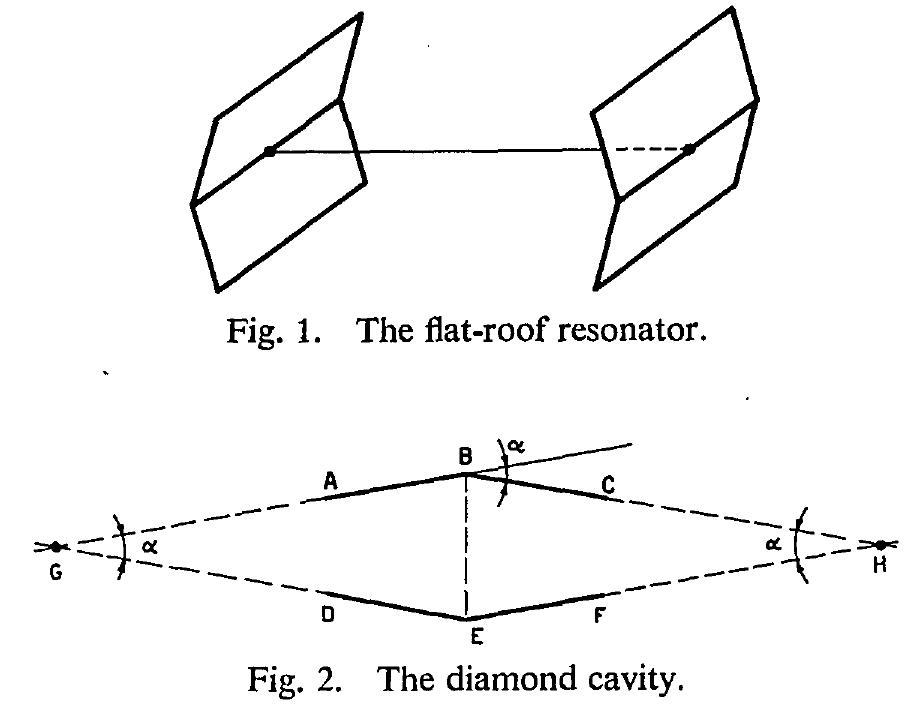












![animals. To determine a high spatial curvature point the response from a larger sized cell is subtracted from the smaller sized cell using (8). A smaller cell will have a higher response for a sharper curvature. This is determined to be a feature point in the image. try to see if a particular area in the image has the necessary component parts (in correct orientations relative to each other) and determine the existence of the component. The Face level will try to determine which geometric layout of the components is best suited to describe a face from the image data. The structure of the system is based on a blackboard architecture; all the tasks have access to (and can write on) to the blackboard. The author reports successful detection of the face using this method with two experiments. The modularity of the system makes it possible to expand it by adding other knowledge sources such as eyebrows, ears, forehead, etc. The usage of sketched images can be extended to the edge map of an intensity image with some processing to get labeled segments, as is done in [123].](https://figures.academia-assets.com/50948727/figure_006.jpg)

![Fig. 8. Radius vectors and other feature points [22].](https://figures.academia-assets.com/50948727/figure_008.jpg)


![Fig. 11. (a) Depth of face parameterized as f(@,y) (Leonard Nimoy as Spock), (b) rendered polygonal model of face composed from coarse sampling of depth data [52].](https://figures.academia-assets.com/50948727/figure_011.jpg)

![Fig. 13. Locating the head from a video sequence applying the method of Pentland et al. [133].](https://figures.academia-assets.com/50948727/figure_013.jpg)







![Fig. 1. Type of biodegradable nanoparticles: According to the structural organiza- tion biodegradable nanoparticles are classified as nanocapsule, and nanosphere. The drug molecules are either entrapped inside or adsorbed on the surface. (Originally adapted from [39] but modified.)](https://figures.academia-assets.com/51115310/figure_001.jpg)
![Fig. 2. Hydrolysis of PLGA nanoparticles: PLGA nanoparticles are biologically hydrolyzed in acidic medium into lactic and glycolic acid. These hydrolysis products have been metabolized in TCA cycle. PLGA nanoparticles have been mostly prepared by emulsification—-diffusion [46], solvent emulsion-evaporation [36], interfacial deposition [42] and nanoprecipitation method [47] (Fig. 3). Generally in emulsification-diffusion method, the PLGA polymers are dissolved in organic solvent (EtAc, MEK, PC, BA, etc.), poured and separated in aqueous phase having stabilizer and subsequently emulsified by homogenizer. In solvent evaporation method, the polymers are dissolved in volatile organic solvent (DCM, acetone, CHCl3, EtAc, etc.) and poured into continuously stirring aqueous phase with or without emulsifier/stabilizer and sonicated. Interfacial deposition methods have been used for the formation of both nanocapsule and nanospheres. The nanoparticles are synthesized in the interfacial layer of water and organic solvent (water miscible) and finally the nanoparticles are Polymeric nanoparticles have been synthesized using various methods [42] according to needs of its application and type of drugs to be encapsulated. These nanoparticles are extensively used for the nanoencapsulation of various useful bioactive molecules and medicinal drugs to develop nanomedicine. Biodegradable polymeric nanoparticles are highly preferred because they show promise in drug delivery system. Such nanoparticles provide controlled/sustained release property, subcellular size and bio- compatibility with tissue and cells [43]. Apart from this, these nanomedicines are stable in blood, non-toxic, nonthrombogenic, nonimmunogenic, noninflammatory, do not activate neutrophils, biodegradable, avoid reticuloendothelial system and applicable to various molecules such as drugs, proteins, peptides, or nucleic acids [11]. The general synthesis and encapsulation of biodegradable nanomedicines are represented in Fig. 1. The drug molecules either bound to surface as nanosphere or encapsulated inside as nanocap- sules.](https://figures.academia-assets.com/51115310/figure_002.jpg)


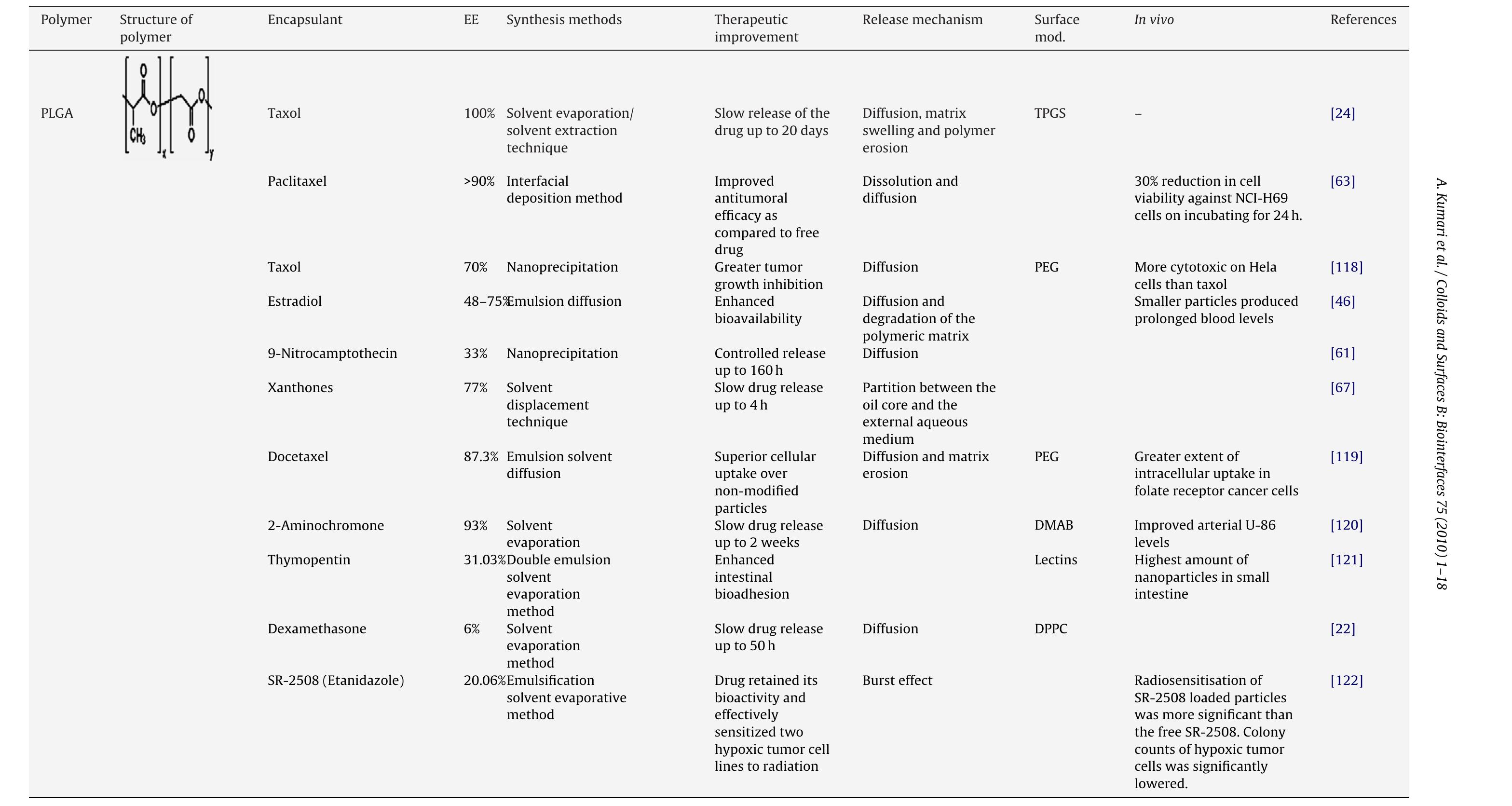






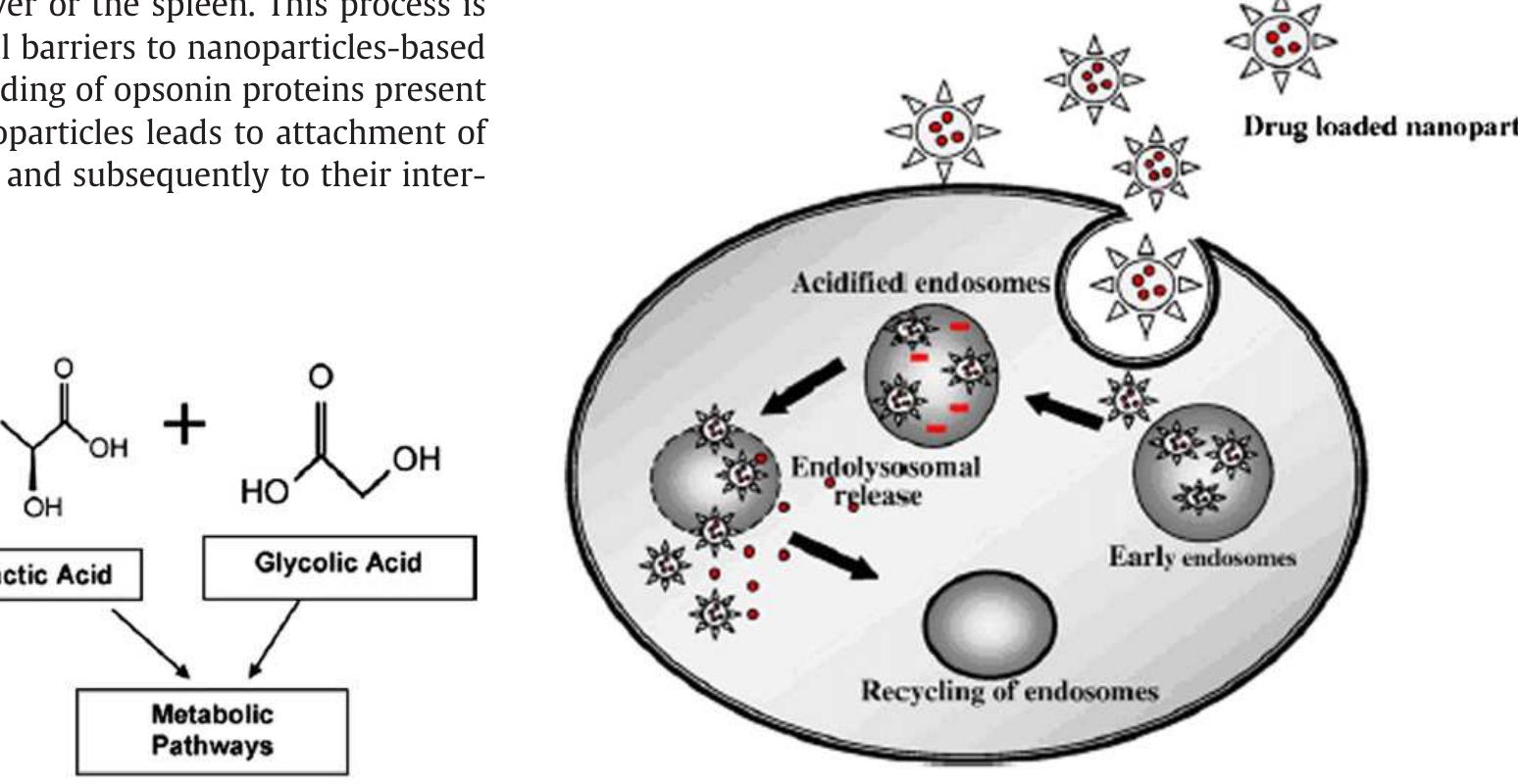


![Fig. 5. (A) Influence of ligand grafting on nanoparticle transport across mono- and co- cultures of Caco-2 cells. Cell monolayers were first apically pre-incubated with anti-B1 integrin (inhibitor +) or without (inhibitor —) at 5 g/ml in HBSS for 1 h at 37 °C, be- fore adding nanoparticle suspension at a final concentration of 2.7 x 10'° nanoparti- cles/ml. The number of transported nanoparticles was evaluated by flow cytometry and is expressed as apparent permeability coefficient (Papp) as a mean+ standard error of the mean (SEM). *p<0.05: vs. NP, **p<0.05: inhibitor vs. no inhibitor (n= 24). (B) Influence of the ligand grafting at the nanoparticle surface on IgGtot con- centration in serum of mice immunized by intraduodenal administration with 2 x 50 ug of ovalbumin free or encapsulated (blood sampling 6 weeks after priming). Mice indi- vidual absorbance obtained after ELISA at the 1/320 dilution of the serum (n= 6-10). *p<0.05 [84].](https://figures.academia-assets.com/45061491/figure_005.jpg)
![Fig. 6. Passive and active targeting of nanocarriers. Nanocarriers can reach tumors se- lectively through the leaky vasculature surrounding the tumors. Ligands grafted at the surface of nanocarriers bind to receptors (over)-expressed by cancer cells (green) or angiogenic endothelial cells (pink). Adapted from [14]. In active targeting (Fig. 6), targeting ligands are grafted at the nanoparticles surface [14]. The ligand is chosen to bind specific recep- tors overexpressed by tumor cells or tumor vasculature and non- expressed by normal cells. Another important factor in the choice of targeting ligands is the homogeneity of the expression of the receptor on all targeted cells. Nevertheless, this information is often deficient. Two cellular targets can be distinguished (Fig. 6): (i) cancer cells and (ii) tumoral endothelial cells. To target cancer cells, several overex- pressed receptors have been investigated e.g., the transferrin recep- tor, the folate receptor, glycoproteins, the epidermal growth factor receptor (EGFR) or integrins. To target tumoral endothelium,](https://figures.academia-assets.com/45061491/figure_006.jpg)
![Fig. 7. Fluorescent microscopy of TLT tumors grown in NMRI mice and harvested 2 h after injection of NP containing fluorescent-PLGA (green). Sections were stained with anti- CD31 to label endothelial cells (red) and counterstained with DAPI for nucleus detection (blue). (A) RGD-NP and (B) non-targeted NP. (C) Quantification of the fluorescent- PLGA signal from TLT tumors after NP and RGD-NP injection (n= 4). ***p<0.001. (D) Fluorescent microscopy of TLT tumors grown in NMRI mice and harvested 4 h after injection of NP containing fluorescent-PLGA (green). Sections were stained with DAPI for nucleus detection (blue). Adapted from [107]. LyP-1 has been recognized for its specific binding to tumors and their lymphatics. LyP-1-PEG-PLGA nanoparticles have been studied for their targetability to tumor lymph metastases. In vivo, the uptake of these LyP-1-targeted nanoparticles in metastatic lymph nodes was about eight times higher than non-targeted nanoparticles, indicating that these nanoparticles are a promising carrier to lymphatic meta- static tumors [102]. The prostate-specific membrane antigen (PSMA) was used to functionalize PLGA-PEG nanoparticles for the delivery of cisplatin (Pt(IV)). A comparison between Pt(IV)-encapsulated PSMA- nanoparticles and non targeted Pt(IV)-nanoparticles against human prostate PSMA-overexpressing LNCaP cells revealed that the effective- ness of targeted nanoparticles is approximately one order of magnitude greater than that of free cisplatin [103]. AS1411, a DNA aptamer which binds to nucleolin highly expressed in the plasma membrane of both cancer cells and endothelial cells, was chosen to target gliomas. These nanoparticles prolonged circulation and enhanced PTX accumulation at the tumor site [104]. The a,B3 integrin a receptor for extracellular matrix proteins is upregulated in both tumor cells and angiogenic en- dothelial cells [105]. The RGD peptide is the most studied peptide which binds to a3 integrin. The surface of PLGA nanoparticles was linked with PEG and the RGD peptide to realize both passive and active targeting functions for the delivery of DOX. The nanoparticle targeting ability was proven through strong affinity to various integrin- expressing cancer cells and much less affinity to the low integrin- expressing cancer cells [106]. Other PLGA-based nanoparticles erafted with the RGD peptide have been designed for the delivery of PTX. The targeting to the tumoral endothelium was demonstrated both in vitro and in vivo. Moreover, therapeutic efficacy has been demonstrated by effective retardation of TLT tumor growth and prolonged survival times of mice treated by PTX-loaded RGD- nanoparticles when compared to non-targeted nanoparticles [107] (Fig. 7).](https://figures.academia-assets.com/45061491/figure_007.jpg)

![Examples of currently developed PLGA-based nanoparticles as drug delivery systems for the treatment of different pathologies. Table 1 drug used for the formulation) and a high drug loading (i.e. percent- age of loaded amount of drug relative to the total amount of nanopar- ticles). Precise determination of the drug content is not easy because nanoparticles are colloidal systems [3]. Therefore, the most relevant way to separate nanoparticles from non encapsulated or non adsorbed drug is the ultracentrifugation. Encapsulation efficiency of drugs varies from 6% to 90% for dexamethasone and paclitaxel, morphology and size of the nanoparticles. Typically, the size of the nanoparticles is in the range of 100 to 250 nm.](https://figures.academia-assets.com/45061491/table_002.jpg)
![Fig. 1 Log (Ip) versus Vg at two different drain voltages for 20 x 0.4-;m n-channel transistor in a 0.35-44m CMOS process [2].](https://figures.academia-assets.com/34707772/figure_001.jpg)
![Fig. 2. ITRS projections for transistor scaling trends and power consumption: (a) physical dimensions and supply voltage and (b) device power consumption [6].](https://figures.academia-assets.com/34707772/figure_002.jpg)

![Fig. 47. DVS architecture [67].](https://figures.academia-assets.com/34707772/figure_042.jpg)
![Fig. 49 Schematic of drowsy memory circuit [79].](https://figures.academia-assets.com/34707772/figure_043.jpg)
![Fig. 48 Anatomy of the DRG-Cache [78].](https://figures.academia-assets.com/34707772/figure_044.jpg)
![Fig.51 Schematic of a dynamic V,;, SRAM set [81]. Fig. 50 The two dominant leakage paths (V4 to ground and bitline to ground) for a six-transistor SRAM cell. Leakage through these two paths consist a high percentage of the total leakage [82].](https://figures.academia-assets.com/34707772/figure_045.jpg)






![Fig. 45 Schematic of DVTS hardware [68]. Fig. 44 Schematic diagram of V;;,-hopping [39]. Vin—high Enable, the frequency controller generates forx /2 (say).](https://figures.academia-assets.com/34707772/figure_040.jpg)
![Fig. 4 BTBT in reverse-biased pn junction [14]. 1) Band-to-Band Tunneling Current: High electric field (>10° V/cm) across the reverse-biased pn junction causes significant current to flow through the junction due to tun- neling of electrons from the valence band of the p region to the conduction band of the n region, as shown in Fig. 4 [14]. From Fig. 4, it is evident that for the tunneling to occur, the total voltage drop across the junction has to be more than the band gap. The BTBT current in silicon involves the emission or absorption of phonons, since silicon is an indirect band gap semiconductor. The tunneling current density is given by [14]](https://figures.academia-assets.com/34707772/figure_003.jpg)

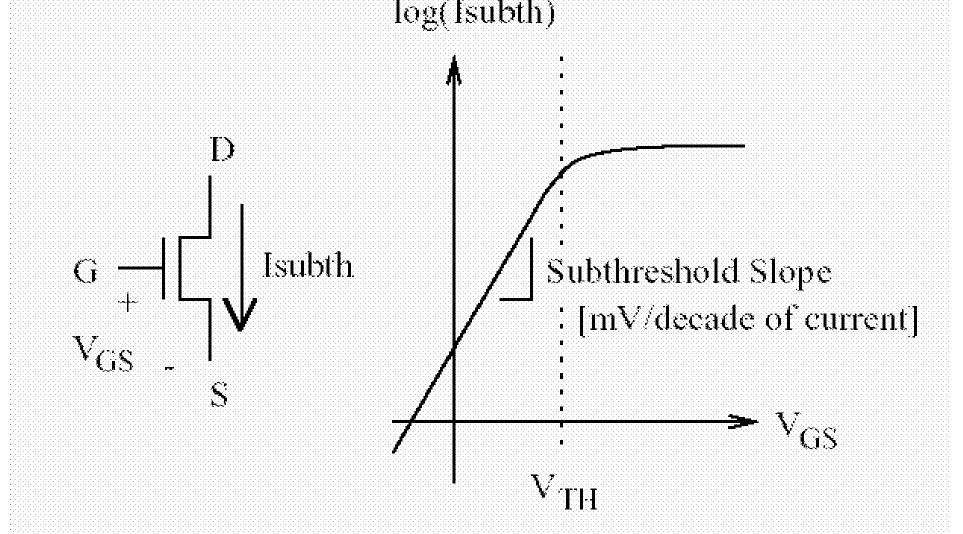

![Asa result, the variation of the electrostatic potential 4, at the semiconductor surface along the channel (the y axis) is small. The y component of the electric field vector E(E,,), being equal to 0d/Oy, is also small. With both the number of mobile carriers and the longitudinal electric field small, the drift component of the subthreshold drain-to-source current is negligible. Therefore, unlike the strong inversion region in which the drift current dominates, the subthreshold con- duction is dominated by the diffusion current. The carriers move by diffusion along the surface similar to charge trans- port across the base of bipolar transistors. The exponential relation between driving voltage on the gate and the drain current is a straight line in a semilog plot of Ip versus V, (see Fig. 6). Weak inversion typically dominates modern de- vice off-state leakage due to the low V;;,. The weak inversion current can be expressed based on the following [15]:](https://figures.academia-assets.com/34707772/figure_007.jpg)
![Fig. 8 nchannel Ip vs. Ve showing DIBL, GIDL, weak inversion, and pn junction reverse-bias leakage components [11]. Fig. 7 Lateral energy-band diagram at the surface versus distance (normalized to the channel length ZL) from the source to the drain for: (a) long-channel MOSFET; (b) a short-channel MOSFET; (c) a short-channel MOSFET at high drain bias. The gate voltage is same for all three cases [17].](https://figures.academia-assets.com/34707772/figure_008.jpg)
![Fig.9 nchannel log(Zp) versus VG for six substrate biases on a 0.35-j4m logic process technology (Vp = 2.7 V) [11].](https://figures.academia-assets.com/34707772/figure_009.jpg)

![Fig. 10 Three types of device structures and associated inversion- depletion layer. (a) Large-geometry MOSFET. (b) LOCOS gate MOSFET. (c) Trench isolated MOSFET [22].](https://figures.academia-assets.com/34707772/figure_011.jpg)
![Fig. 12 Variation of threshold voltage with gate width in the case of trench isolated buried channel P- MOSFET showing the anomalous behavior [27]. Fig. 11 Variation of threshold voltage with gate width for uniform doping [22].](https://figures.academia-assets.com/34707772/figure_012.jpg)
![Fig. 15 Jp versus Vg showing temperature sensitivity of Jorr [18]. Fig. 14 Schematic diagram for charge-sharing model explaining the reduction of V,;, due to the source/drain depletion regions. The bulk charge that needs to be inverted is proportional to the area under the trapezoidal region given by Q4, « Wamn(L + L’)/2, which is less than the total depletion charge in the long-channel case, which is Qg « Wam(L) [28].](https://figures.academia-assets.com/34707772/figure_013.jpg)



![Fig. 16 Tunneling of electrons through an MOS capacitor. (a) Energy-band diagram at flat-band condition. (b) Energy-band diagram with positive gate bias showing tunneling of electron from substrate to gate. (c) Energy-band diagram at negative gate bias showing tunneling of electron from gate to substrate [29].](https://figures.academia-assets.com/34707772/figure_017.jpg)

![Fig. 21 Components of tunneling current [31], [32]. Fig. 20 Three mechanisms for gate leakage [31], [32].](https://figures.academia-assets.com/34707772/figure_019.jpg)





![Fig. 25 Power and delay dependence on threshold voltage (Vin) [39].](https://figures.academia-assets.com/34707772/figure_025.jpg)
![Fig. 27 Graphical representation of different aspects of well engineering [42]. Fig. 26 MOSFET constant-electric-field scaling [40].](https://figures.academia-assets.com/34707772/figure_026.jpg)
![Fig. 30 Halo or nonuniform channel doping. Fig. 29 t..-Wam design space. Some tradeoff among the various factors can be made within the parameter space bounded by SCE, body-effect, and oxide-field considerations [43].](https://figures.academia-assets.com/34707772/figure_027.jpg)

![Fig. 28 Band digrams (shown on top) at the threshold condition for a uniformly doped and an extreme retrograde-doped channel (doping profiles shown at bottom) [40].](https://figures.academia-assets.com/34707772/figure_029.jpg)

![Fig. 36 Vi, rolloff for NMOS [51]. Fig. 35 Channel length at different oxide thicknesses for same AR [51].](https://figures.academia-assets.com/34707772/figure_031.jpg)

![Fig. 34 V1, at different oxide thicknesses [51]. Fig. 33 V1, at different channel-doping densities [51].](https://figures.academia-assets.com/34707772/figure_033.jpg)


